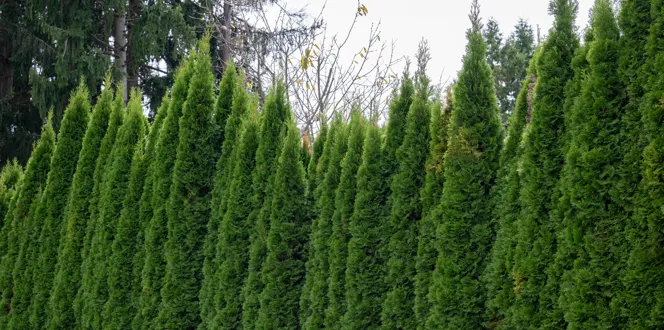It’s about that time of year when we prepare our plants for the chilly winter ahead. Not only will the garden look tidy throughout winter, but your plants will spring into a healthy growing season next year.
As you start running down your fall checklist, don’t forget to give your lawn some love. Mowing at the end of the fall season is one of the best ways to bring your hardy, green grass back for another great year.
Don’t have a pre-winter plan for your lawn yet? No problem! Here’s everything you need to know about when and how to mow near the end of the grass-cutting season.
3 Must-Know Facts About The Last Grass Cut Of The Fall Before Winter
Trimming your turf right before winter helps keep it healthy throughout the colder months. Without a pre-winter cut, lawns can be more susceptible to fungus. Keep your grass looking good by mowing it to the right height at the right time with sharp blades. And fertilizing! Fall is the most important time to fertilize the lawn.
When Does Grass Stop Growing?
If the weather is warm enough, grass keeps sprouting. Generally, the cutoff point comes when temperatures drop below 50°F during the day. Usually, that’s late October or early November, but some warm areas may push that date back to the beginning of December.
When's The Last Time I Should Cut Grass Before Winter?
See when you’ll get the first frost of the season. Then, plan to mow your lawn two or three times before then, slowly reducing the blade’s height each time.
How Short Should I Cut Grass This Fall? What’s The Best Grass Height For Winter?
Ultimately, your should be mowing at 0.5" below the normal mowing height lawn. That’s the “sweet spot” because it’s not too tall to invite snow mold, but not too short to be stressed out by cold weather.
As you get your lawn down to its ideal height, avoid cutting too much at one time. A good rule of thumb is to never clip more than one-third of the grass height in one mow. Spread the trims out, so you condition the lawn to withstand a shorter height.





